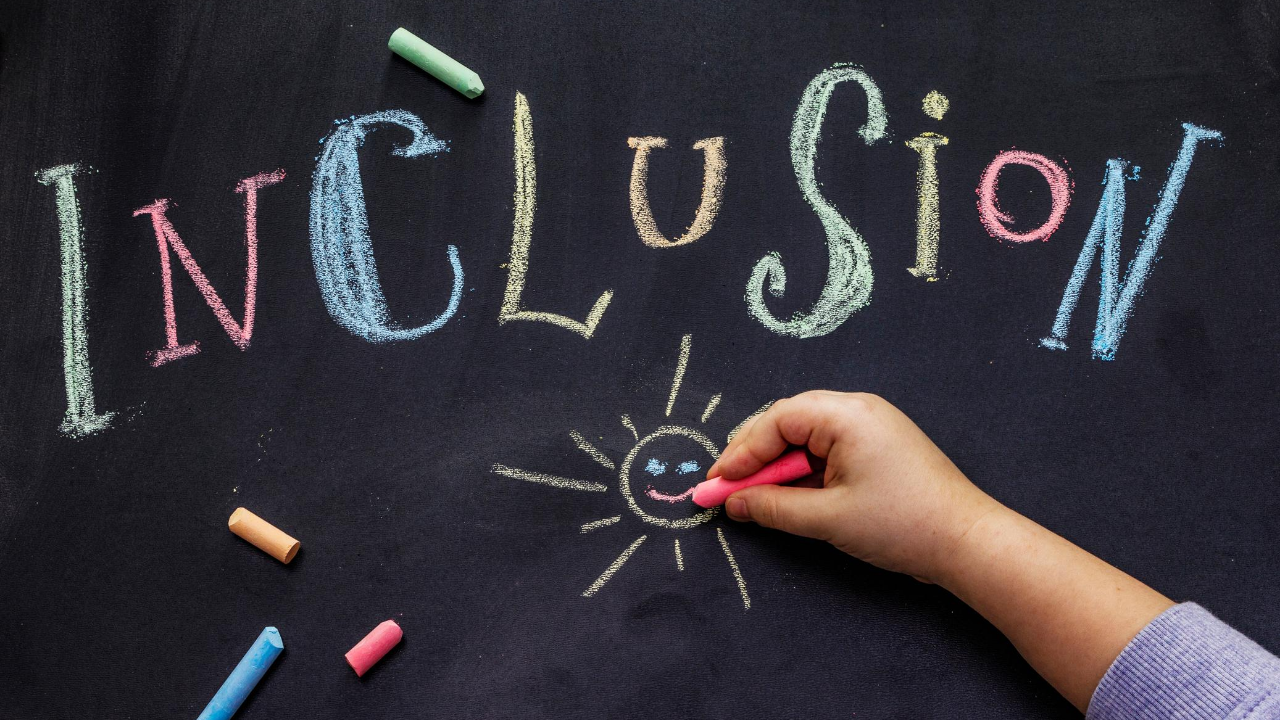Stirrers and settlers for young learners

When teaching young learners, teachers need to adopt a balanced teaching style which includes a variety of activities often called either stirrers or settlers. Stirrers are activities which encourage students to be active and dynamic which may include standing, hopping, strolling and running. Settlers are activities opposite to stirrers. It involves learners to sit down and be calm.
It is important for teachers to use these different activities to establish a routine in the classroom. And also to use the activities to make the unfamiliar surroundings familiar to young learners. Some of the stirrers and settlers activities are as follows:
- Create a positive learning environment for the young learners where the young learners have the freedom to select his/her activities and the teacher either add/remove materials as needed).
- Create a controlled atmosphere right from the beginning by allowing the kids to enter the classroom and settle down quickly in small groups (for instance if a...
Inclusive education - Why & How?

Knowledge is the supreme power and every child has the right to access this power. The schools hold the responsibility to provide education and the homely environment to children which helps them to bloom and secure a prosperous future.
Every child deserves to have a safe learning environment that is free from any discrimination or marginalization.
In the case of students with special needs, most of them are admitted to special schools. Nevertheless, we must acknowledge the increasing demand for Inclusive educational institutions where every child irrespective of their background gets a chance to gain knowledge.
One cannot ignore the importance of belongingness and unity in the development of skills in a child as they seek to attain knowledge in their growth years.
Our main aim should be to help a child with special needs to learn skills which can help them throughout their lives. An inclusive education institute ensures that they acquire these skills as they...
Inclusive Learning and Teaching for Specific Learning Disabilities

Specific Learning Disability (SLD) is a permanent disorder caused by neurological impairments that interfere with acquiring, integrating and demonstrating verbal and non-verbal abilities. As a result, students with SLD are poor communicators and have difficulties interacting with others.
For a child to be diagnosed with SLD, the child has to function two grades below his/her age-appropriate grade in reading, writing, arithmetic, or mixed abilities. The child may also exhibit psychological signs due to the disability such as quitting, avoiding, clowning, controlling and denying all.
Priya is a typical example of a student with SLD. She had difficulty understanding the order, sounds, and recognition of letters and hence affected her learning. And because of her learning difficulty, she felt very frustrated at school.
In order to help students with SLD such as Priya, inclusive teaching techniques can be used. Inclusive teaching can start with the school and teachers providing a...
Challenges faced by school students with Learning Difficulties

I have taught students with special needs for more than 35 years. I have taught students with visual disabilities, auditory disabilities, mental retardation as well as specific learning disabilities.
I am more perplexed when I deal with a kid with a learning disability. Though all special educators rightly give importance to early intervention, my heart goes to the struggle teenagers face, after basic remediation.
Many of my students who joined me while in their primary school have now grown to be independent and doing well in life. I have seen them struggling not only in school but at home, in their social circle and handling their emotions as adults.
All L.D. Students have reading/writing/spelling/math difficulties. Fortunate ones receive early intervention and good remedial support. But what percentage of them remain in the mainstream and complete their high school diploma, in a regular school set up?
Many schools provide resource facilities up to the end of primary school....
Positive Reinforcements and Learning

There are hundreds of day-to-day life situations where positive reinforcements are used. A boy gets a candy after helping someone, a baby takes his first steps and everybody claps, a student gets a star on his hand after nicely doing his worksheet, a girl gets a hug from her grandpa after picking up his cane, an employee gets a bonus for extra work hours, a customer gets a soap-free when he buys two, a soldier receives feedback by his sergeant upon successfully completing the task, a child with special needs receives a cookie and a high-5 with a big smile from his teacher when he successfully completes stacking a tower, etc. There so many more such examples where either we use them, not even knowingly; and we are also being used these techniques upon (e.g. in the example of the customer).
In all the above examples, one link is common. Something happens or something is done and after that (or as a result of that) a positive, enjoyable entity is added. This “added...

